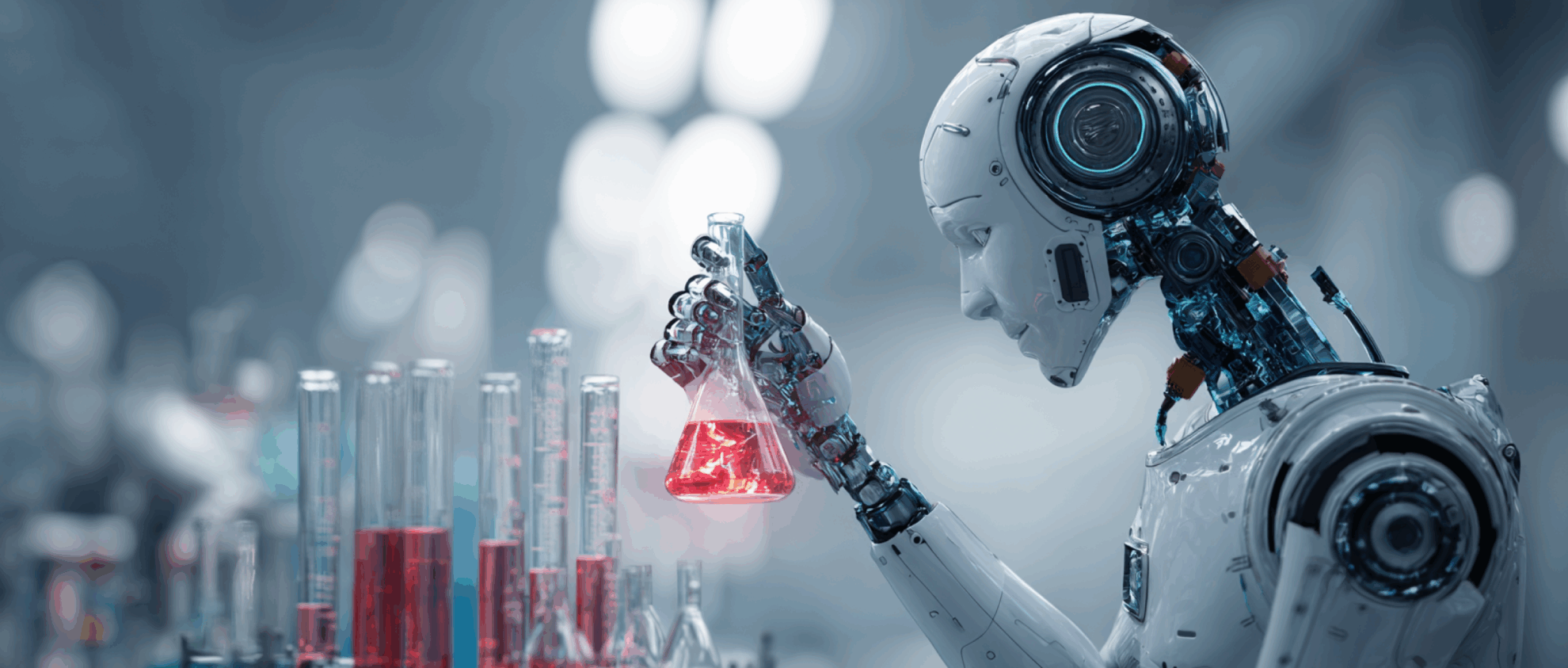Command Palette
Search for a command to run...
Detecting COVID-19 Through Voice? New Method Still Needs to Be Verified
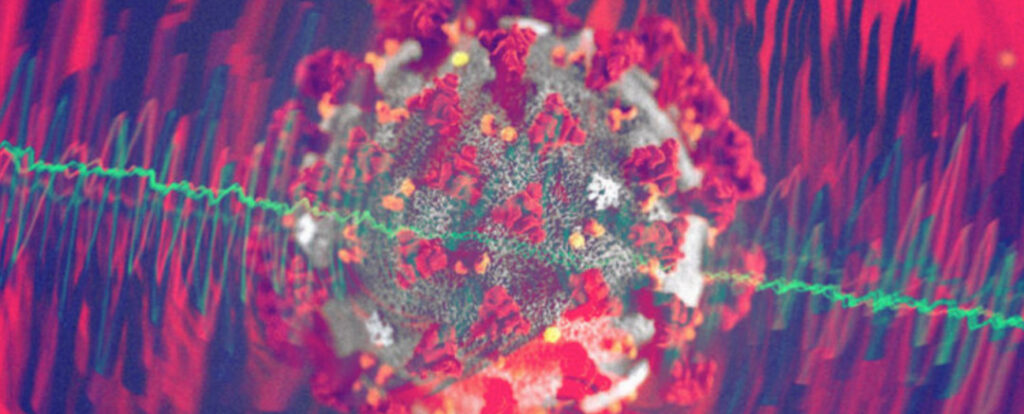
The overseas epidemic has become increasingly serious recently, and inadequate testing has become a problem that needs to be solved urgently. Recently, researchers from Carnegie Mellon University and Cambridge University used AI in auxiliary procedures for detection and diagnosis using sound detectors.
The new coronavirus epidemic has exploded overseas, and the cumbersome detection methods and shortage of equipment have become obstacles in the process of epidemic prevention and control.
Many media have reported that inadequate testing is one of the reasons why many countries are unable to effectively track the epidemic, leading to a rapid surge in cases.
Recently, two well-known universities, Carnegie Mellon University (CMU) and Cambridge University, have coincidentally used a new method: analyzing sound information through AI systems to detect the risk of being infected with COVID-19.
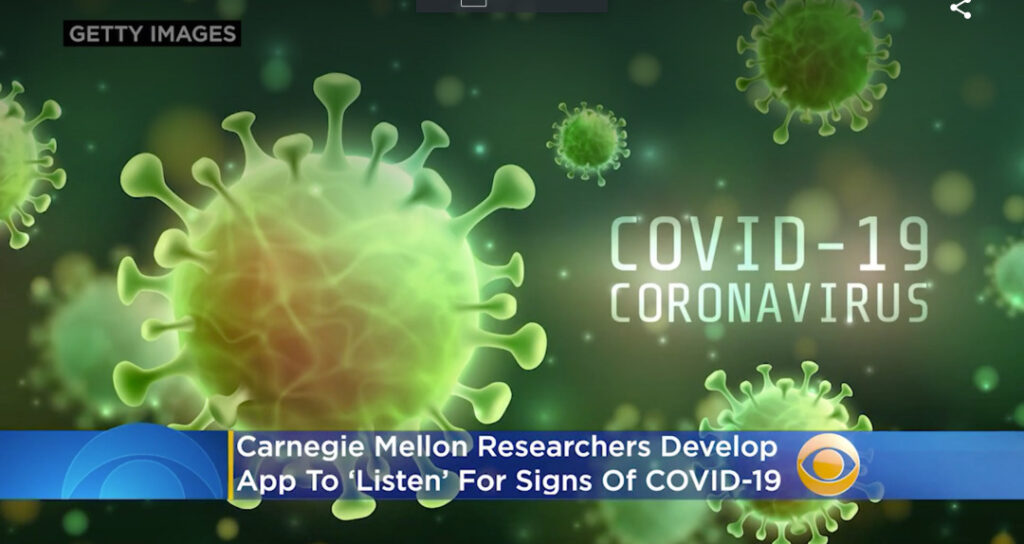
CMU: Results in minutes
In the COVID Voice Detector tester provided by Carnegie Mellon University, several voice recordings need to be completed, and the results of infection risk can be obtained in just a few minutes.
After registering on the website, you need to fill in your personal information, including race, age, health status, whether you have been diagnosed or have been diagnosed before, etc.
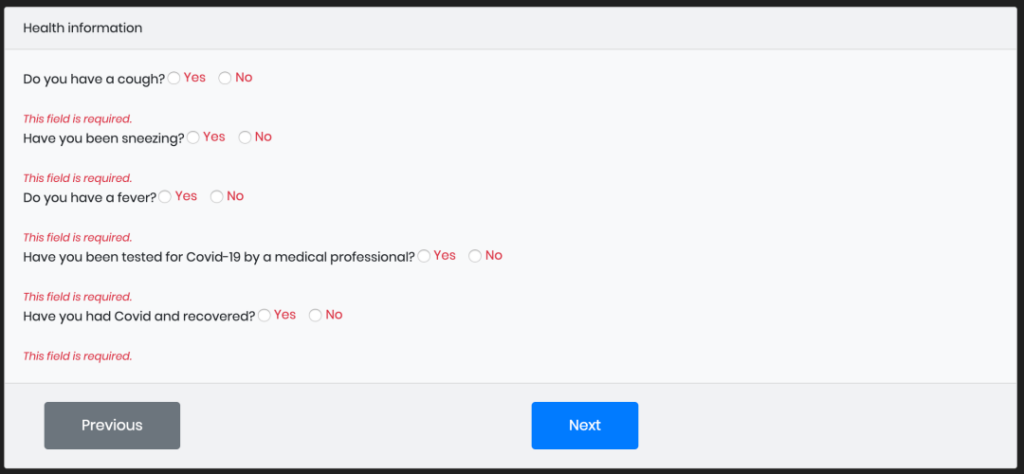
After filling in the above information, you need to record voice information such as coughing, pronunciation of English vowels, reading of numbers and alphabets, etc.
The model has been trained with data from confirmed patients and normal test subjects, and can classify and match newly input sounds.
Ultimately, a score is returned indicating how closely the recorded sound matches the infection characteristics of the collected COVID-19 patient data.

In order to make the system's judgment as accurate as possible, there must be enough training data and it must cover diverse information. Researchers are calling for more volunteers to participate.
In addition, they say the system is scalable, and if the voice comes from someone with other respiratory diseases, the algorithm can learn the sound characteristics of that type of disease.
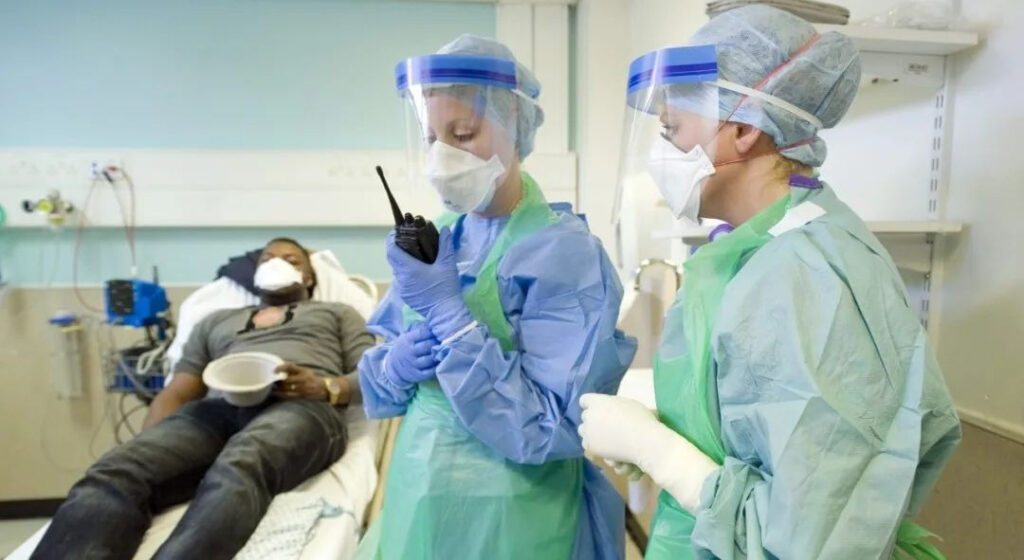
Tester address:
https://cvd.lti.cmu.edu/cvd/
When visiting the website before press time, it was shown that it was temporarily closed due to updating and maintenance. The relevant person in charge said that it is expected to be online again this weekend.
Cambridge University: It’s just collecting data
Similar to Carnegie Mellon University, Cambridge University has also launched a project to detect COVID-19 using sound. But the slight difference is that Cambridge University is only collecting data and does not provide test results.
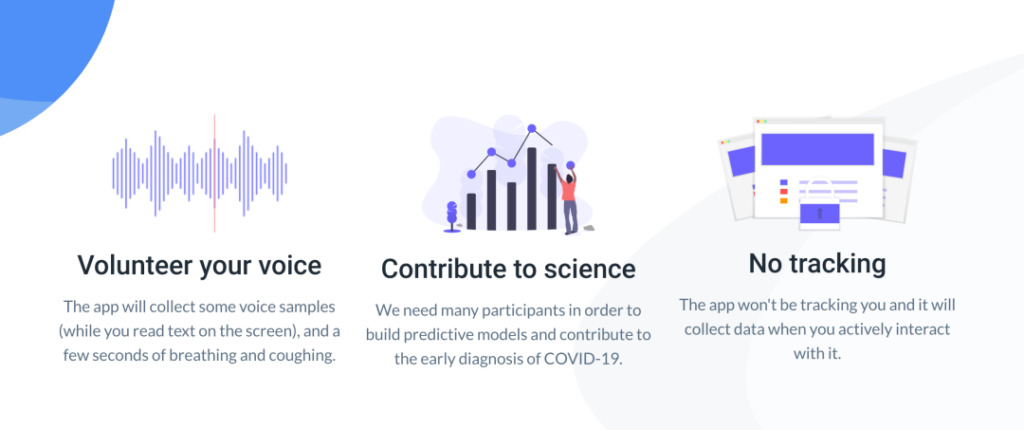
The way the system collects data is similar. It requires filling in basic information and medical information, and collecting voice information through the mobile phone microphone as training samples.
Similarly, the system will also investigate the user's physical health, such as whether they have a fever, whether they have been infected, etc. The items that need to be recorded are exhalation, coughing, and the sound of reading text.
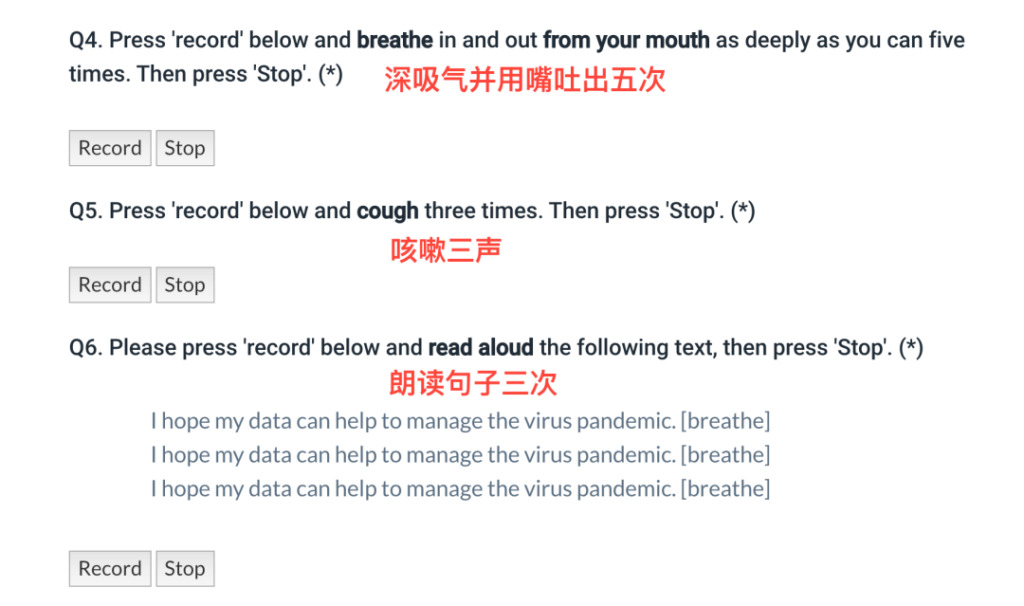
Project leader Professor Cecilia Mascolo explained that because the large data sets for this study are very small, a sufficient amount of data needs to be collected in order to provide better algorithms for early detection.
He also said that after the data is accumulated, even if there are not enough positive cases of coronavirus, information related to other respiratory diseases can be found.
The ultimate goal of this project is to develop a machine learning algorithm that can automatically detect diseases and present it in the form of a detection app that can be widely used.
Project address:
https://www.covid-19-sounds.org/zh/index.html
Can voice forensics be accurately identified?
The two projects are independent of each other, but the methods and principles used have some commonalities. However, neither side has given much information about the specific principles of the projects.
The research team at Carnegie Mellon University has long been committed to voice forensics technology. They believe that a person's voice is affected by the condition and health of his organs and can reveal physiological, psychological and even medical data.
Patients infected with the pneumonia virus will develop some lesions in their lungs, which will affect parameters such as their breathing patterns, causing some abnormal characteristics in the sounds they emit, which is a feature that the algorithm can capture.
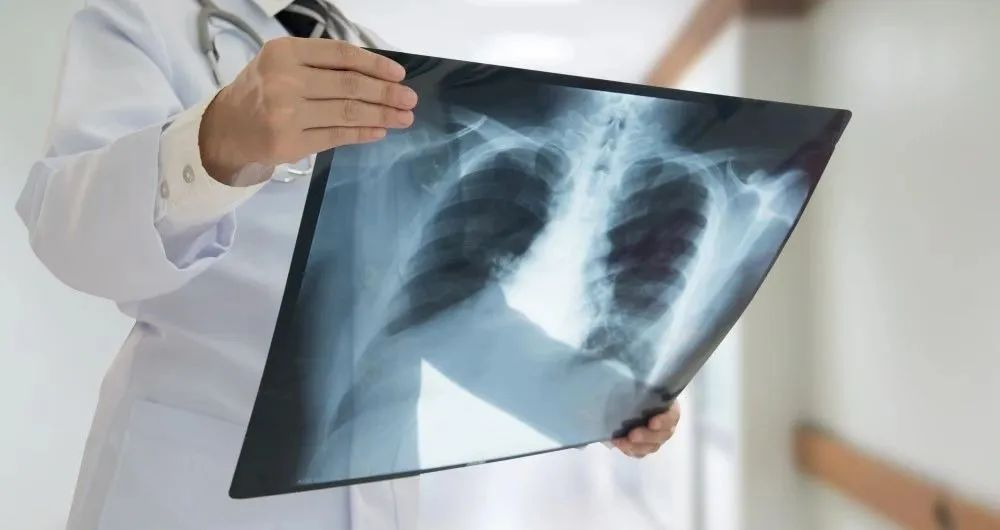
The Cambridge University team is also composed of many experts and doctors. In the project introduction, they said that as a respiratory disease, the sounds made by people infected with the new coronavirus will have some characteristics, including voice, breathing intervals and coughing.
Although this approach is novel, both projects are in their early stages. In a BBC report, the term "Teething problems" was used to indicate the difficulty of this solution.
However, there have been some successful cases in previous studies where sound was used to diagnose diseases.
For example, ResApp Health, founded in 2014, focuses on using machine learning algorithms to analyze cough sounds to diagnose and measure the severity of various chronic and acute diseases. It has achieved some results and can diagnose diseases such as asthma, pneumonia and bronchiolitis.

Another company called Sonde also received a US patent for speech diagnosis last year. The platform they developed can determine the health status of patients from their speech by sensing and analyzing subtle changes in speech, and assist doctors in diagnosing depression, dementia and other diseases.
Compared with mature research, the project of diagnosing COVID-19 using sound is not only time-sensitive, but also has very little sound data about the disease, so it is also quite difficult and challenging.
There is controversy, and whether it is effective remains to be verified
For both projects, the research has not been approved by the FDA or CDC and cannot be used for formal medical diagnosis.
The biggest goal at this stage is to call on more people (including confirmed patients and normal people) to contribute their voice data to promote the progress of this research project and then help control epidemics such as the new coronavirus.

There are also controversies about whether these studies are effective. For example, the different levels of epidemics in different regions may lead to analytical bias in the model. Although simple voice recording is convenient, the collected voice information does not meet the requirements of scientific analysis.
Now it seems that the professionalism and accuracy of the system still need to wait for subsequent verification. Before that, no one knows the road ahead, but on the other hand, this is the charm of scientific exploration.
-- over--

